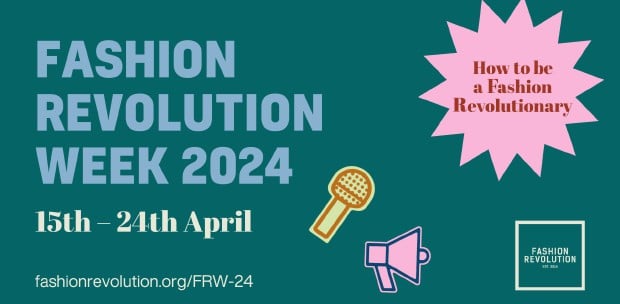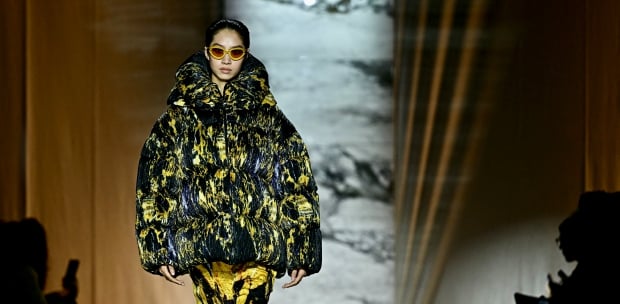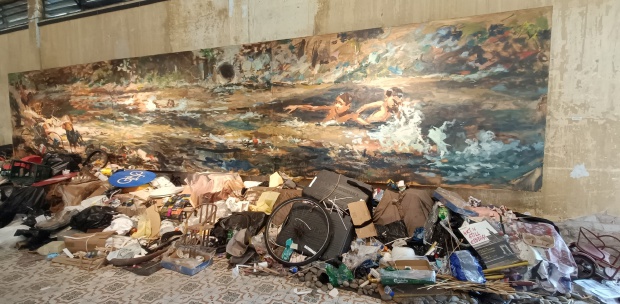When this fashion company decides to practice sustainability, it really means it, writes Aznim Ruhana Md Yusup
SUSTAINABLE fashion comes in many forms. According to expert Dr Anna Brismar from the Swedish consultancy firm Green Strategy, the ideal garment should be made to order, with a timeless and high quality design so it can be used for a long time and repaired when necessary.
“Instead of buying newly produced clothes, one should consider renting, borrowing or swapping clothes or to buy secondhand or vintage,” she writes on the company’s website.
Products that are no longer desired should be donated or recycled. If an individual wants to buy something new, it’s important to consider whether the item is made ethically and in an environmentally-friendly manner.
In Malaysia, Biji Biji Ethical Fashion stands out as a practitioner of sustainable fashion. It is a subsidiary of Biji Biji Initiative — a member of the World Fair Trade Organisation. While it makes new items, the company uses only existing waste material.
One of Biji Biji’s most recognisable products are bags sewn together from seatbelt webbing. The fabrics are rejects that have been deemed not good enough to be made part of a life saving-equipment in vehicles from factories. They are, however, perfectly serviceable as bags.
The company also utilises unused floor coverings from exhibition centres and surplus fabric from local factories. It makes folders and stationery cases from tarpaulin buntings, which are discarded after the event in which they were used for has ended.
But the cream of the crop has to be vintage kimono fabric from Japanese textile manufacturer Nakakoma Orimono, old stock going back some 60 years. These would’ve otherwise remain unused or been thrown away.
LIMITATION OR CHALLENGE
They say beggars can’t be choosers, and although Biji Biji doesn’t go around begging from factories for materials – it pays for them – they can’t exactly choose.
“For the seatbelts, we have no control over the colour, quantity or when the material becomes available,” says co-founder Norashahera Mertens. “So we find ways to work around this challenge and the result is items that are unique and in limited quantities. All-black seatbelts are the hardest to come by and sometimes we get one-off colours like neon green.”
On the other hand, buntings from event organisers are so plentiful that Biji Biji has to negotiate to ask the suppliers to buy back the upcycled merchandise.
“We’ve been working with the Rainforest World Music Festival in Kuching for the last five years. They have lots of banners and when the event is over, they send them to us and we turn them into things like tote bags. These are used as gifts for VIPs at the following year’s festival,” says Norashahera.
A similar arrangement was reached with climbing gym Camp 5 at 1Utama shopping centre. The climbing ropes have to be replaced every few years, so the gym sends them to Biji Biji to turn the material into chalk bags.
“We are approached by so many parties, asking if we want their waste and we used to be something like a garbage collection centre!” says Norashahera. “But nowadays, we evaluate their offer and see what we can do with the material first.”
Meanwhile, one of her most treasured waste material is the vintage kimono fabric. These are 100 per cent silk or high quality cotton with classic Japanese themes. Some patterns are very detailed and intricate, using shibori or the Japanese tie-dye technique.
“It’s very flattering that Kazuno Nakajima, the owner of Nakakoma Orimono, chose to work with us because many people want these pieces. Even museums in Japan want them because of their historical value and very high quality.
“But she doesn’t want to do that. She wants to share the fabric and see that it ‘lives’ and is used by people. Her stock goes back decades and she has an abundance of it,” continues Norashahera. “We get it either as tailored kimono pieces or fabric rolls. We’ve been turning them into bags with the seatbelt fabric since 2017 and she loves that mix of traditional and modern.”
WASTE NOT
Right now, Biji Biji is focusing on sourcing waste material that it can turn into something useful and beautiful. It no longer has in-house designers but instead is moving towards becoming a platform for local talents to use the supplies in ways they see fit.
“Do you know that fire hoses must be changed every few years?” asks Norashahera. “That’s something that we can remake into shoes or bags.”
The company is also trying to tackle waste in manufacturing because factories often deal with bulk supply and not all of them are used.
In time, the surplus will end up in landfills, especially when some factories have restrictions with what they can do with the material. This includes a locally-based French company that makes climbing harness. It had a surplus of thick ribbon-like fabric that it could not sell locally so Biji Biji had to ask the Customs Department for an exception.
Now that the material in their hands, Norashahera reckons the bright pink, turquoise and orange ribbons would be perfect as hats and bags.
Not everything Biji Biji uses is waste material. Things such as zips, buttons and thread obviously have to be bought new, but they try to keep it to a minimum while being conscious of reusing anything that they can.
Biji Biji is equally conscious of being ethical towards its workers by paying them fairly, not overworking them and giving them a good working environment.
“It’s a challenge,” admits Norashahera. “But we’ve put our foot down from the beginning that we’re going to be an ethical company. Of course, this reflects in our prices and some customers don’t understand that.
“So as a company, we took certain steps that enabled us to lower our prices recently. It’s a shame if we can’t reach the masses because we want more people to be involved with sustainable fashion.”
ONE-OFF DESIGNS
Meanwhile, fashion designers usually start with a sketch. They draw a garment that they have in mind and find a piece of fabric that suits the design, then cut and sew to create the finished item.
But when Tengku Syahmi of the label TSyahmi began collaborating with Biji Biji, he had to see the choice of fabric first before coming up with his designs, which he will debut at Kuala Lumpur Fashion 2019 this month.
“I started my career with a sustainable brand and that was a good eye-opener,” he says. “It’s good to do sustainable fashion and when I saw the beautiful Nakakoma Orimono kimono fabric, how could I say no? I understand the limitations of only using what we have here but I also see beauty because what we make is a one-off.”
He will be showing 12 looks at the show, for men and women. But he can’t reproduce the pieces for the mass market because Biji Biji does not have enough of the same fabric. One lucky customer will get to buy the runway piece, but for others he will make a new outfit in the same design using a different fabric.
As a former in-house designer with Biji Biji, Maatin Shakir has the experience of dumpster diving in search of material that he can upcycle. But these days, he focuses solely on designing accessories for the brand. His most recent collection, Biji Biji x Maatin Shakir, was released in May for Hari Raya, and featured a selection of shawls, ties and bow ties using kimono fabric.
“The shawls are silk, and we cut it with a slight wave design on one side to create a beautiful draping effect. The colours are unique and there are only three or four pieces in the same colour.
He adds, “Working here, I realised there are so many items that we can upcycle, and so many items that we can make using upcycled material.”







